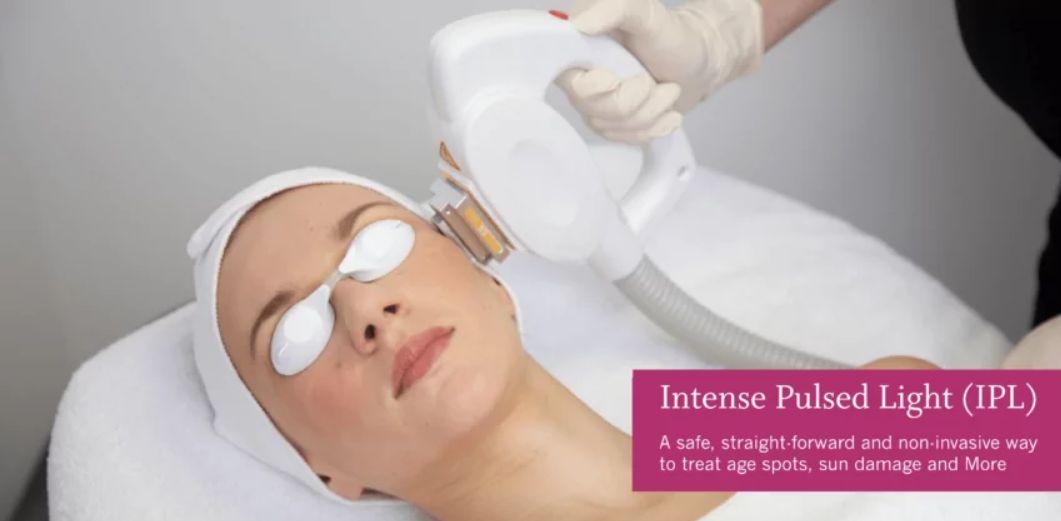Dry Eyes
Keratoconjunctivitis sicca, better known as dry eyes, is a condition that can cause itchiness, burning, and other problems with vision. Dry eye can occur for a range of reasons, with constant contact lens wear being one of the most common. Our providers can diagnose and treat dry eyes effectively so that you can finally see without pain or discomfort.
Dry Eyes Q & A

What is dry eye?
Dry eye is a frustrating condition that occurs when a tear film isn’t available to help protect the surface of the eye. The tear film helps to keep clear and cloud-free, but when it’s not present, you may notice that you can’t see properly or that something feels off with your eyes. Dry eye is actually much more than just the obvious symptom of dry eyes. The symptoms of dry eye can also include:
- Eye redness: This may occur all over the eyes or only in one part of the eyes
- Pain or noticeable discomfort in the eyes
- Sensitivity to bright light
- Blurred vision: Blurry vision is usually present only in more serious cases
- Bouts of watery eyes
Although it may seem strange that a condition called dry eye can result in watery eyes, this is one of the more common symptoms. The tears that occur aren’t regular tear film but are, instead, a reflex caused by the dryness.
Who is most likely to suffer from dry eye?
Dry eye can happen in patients of any age, but it’s more common in older patients. Contact lens wearers, especially those who wear contact lenses exclusively, are more prone to dry eye, as well. Contact lenses should always be taken out overnight, and if possible, should be alternated with glasses occasionally.
Any patient who suffers from allergies has a higher chance of developing dry eye. Conditions affecting the eyelids, including entropion and ectropion, can cause dry eye, since they result in considerable eye irritation. Some eye diseases cause dry eye as well, so it’s imperative that you see Dr. Wellensiek as soon as possible if you’re having dry eye symptoms.
How is dry eye treated?
Dry eye is treated based on your specific symptoms. Our providers may prescribe special eye drops that can encourage your eye to create a healthy tear film. If eye drops aren’t effective, different minor procedures can often improve the symptoms of dry eye. Once the eyelid has been surgically repaired and can function normally, it can support regular eye lubrication and a proper tear film.
IPL Treatment for Tear Gland Health
Intense Pulsed Light, or IPL, is an office treatment that targets dysfunctional and inflammatory blood vessels that are the underlying cause of tear gland loss and dysfunction. A series of four monthly treatments can significantly reduce symptoms of dry eye, improve tear gland function, and reduce ocular surface inflammation and redness.
Dry Eye and MGD
Understanding MGD
Many commonly attribute their eye discomfort to dry eye, when a leading cause of the burning, scratching and redness is Meibomian Gland Dysfunction or MGD.
MGD occurs when there is a *compromise to the function and/or structure of the Meibomian glands. These glands, located in the eyelids, produce the protective oily (lipid) layer of the tear film*. This oil helps protect the surface of the eye from disease and prevents the watery part of the tears from evaporating when your eyes are open. Without these oils, the eyes become more susceptible to the negative effects that dry climates, air conditioning, computer use, reading and other daily activities can have on the long-term health of our eyes.

